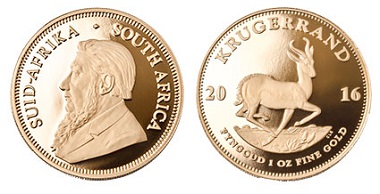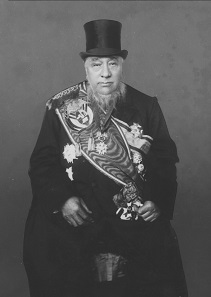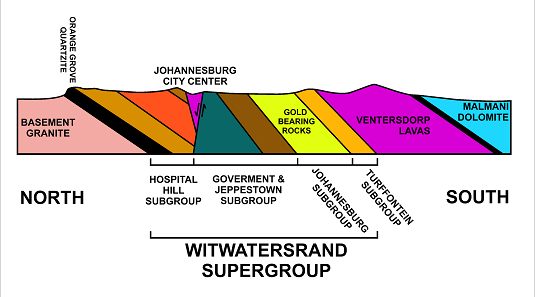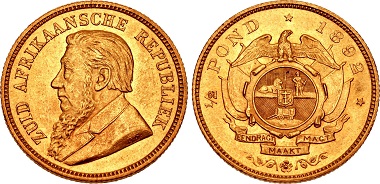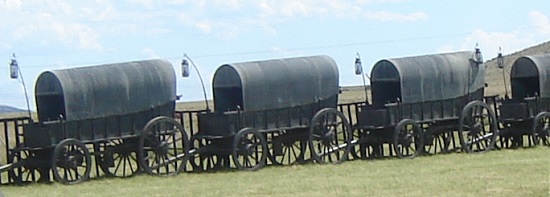translated by Christina Schlögl
The Krugerrand is the oldest bullion coin. It was first minted on 3 July 1967 and with that, it came to existence in a time, when the price of noble metal was skyrocketing. At the time, the concept of minting a coin with the weight of an investment unit, namely the ounce, was new and innovative. It gave small investors, who could not afford standard 12.44 kg ingots, the chance to put gold in their safety deposit boxes.
The Krugerrand from 2016. Photo: South African Mint.
Just like all “prototypes“, the Krugerrand deviates from the contemporary design of bullion coins. To begin, there is no nominal value in the effigy. Nevertheless, according to the South African Central Bank, the Krugerrand is a legal tender, whose denomination is determined in relation to the current price of gold every workday.
Rise, fall and return of the Krugerrand
Having started with a “small” mintage of 40,000 coins per year during the first years, the manufacturing of the Krugerrand has multiplied since 1970. In 1974, it exceeded one million with a mintage of 3.2 million. The year 1978 was its record year with more than 6 million one-ounce-coins. In 1980, the South African Mint introduced the denomination of 1/2, 1/4 and 1/10 ounce. In 1986, due to the lasting apartheid policy in South Africa, the European Community and the USA decided to boycott South African products. This involved an import ban – not a prohibition of possession or trade (!) – of the Krugerrand. However many South African gold coin owners feared, they would not be able to sell them on demand. Other bullion coin producing mints used this insecurity to break the market power of the Krugerrand. Some banks even offered an exchange: their gold customers could exchange their Krugerrands for Canadian Maple Leafs at attractive conditions. This lead to a complete crash of the Krugerrand market. Between 1986 and 1999, this type of coin was virtually just made for collectors. An enormous amount of South African gold coins was melted down.
Even though the import ban has been lifted since 1999 and output figures have risen accordingly, the Krugerrand has not reached its former monopoly position as the international competition is too strong.
Paul Kruger at his fourth inauguration as president of the South African Republic in 1898. Provincial Archives of the Free State, Pretoria. Collection Dr. Hendrik Muller, photo collection no. VA0952.
Oom Kruger
The obverse of the Krugerrand shows the bust of Stephanus Johannes Paulus Kruger facing left. This politician, who came to be known as Oom Paul or Uncle Kruger (Oom or Ohm is the Afrikaans word for uncle) was born in 1825 as the descendant of German expatriates in South Africa. At the age of ten, Paul Kruger participated in the legendary Great Trek, in which the Boers fled from the English-ruled Cape Colony to “free” territories in the North. Kruger excelled in fights against the “Ndebele “, the natives of the country. Hence, in 1864 he was elected Commandant-General in the South African Republic (or Transvaal), founded in 1852.
In 1871, Johannes Nicolaas de Beer discovered a diamond on his farm in Transvaal and thus caused the most tremendous diamond rush of world history. In 1877, the British tried to annex Transvaal. They were struck back and had to ensure Transvaal its independence in 1881. Paul Kruger was elected the first president of the new Boer state in 1883.
Schematic representation of the geology of the Witwatersrand. Source: Oggmus / http://creativecommons.org/licenses/by-sa/3.0
The gold finds of the Witwatersrand in Transvaal newly awakened the interest of the English. They were looking for a chance to control the fate of the Boer state. In 1899, Paul Kruger was given an ultimatum, which challenged him to immediately grant suffrage to all foreigners in his republic. He answered on 11 October 1899 – by declaring war.
This was a mistake. The small country of South Africa did not have the resources to defy England. Kruger travelled to Europe to ask Holland and Germany for support. No one was willing to give it. Kruger resigned. He stayed in Europe and died 1902 in Swiss exile. The Boers lost the war and became part of the British Empire.
South African Republic. Half Pond, Berlin, 1982. Bust of Oom Paul with the signature O.S. Rv. Eagle above coat of arms. From the auction CNG 100 (2015), 970.
Krugerrands from Berlin
The first paragons of the Krugerrand, which were not called Rand, but Pond, deriving from the English Pound, were not minted in South Africa but in Berlin.
The gold finds in Transvaal gave the Boers the opportunity to start minting their own coins. Kruger requested a law to found a national bank, which also stated that South African money should be modeled after British money. Since the country did not have a mint, they assigned the task of minting the first Zuidafrikaanse Ponde to the Berlin mint. Thus Berlin medalist Otto Schultz designed the coins, whose obverse was reused for the modern Krugerrand.
The ceremonial copper clad iron wagons at the Battle of Blood River Monument in Kwazulu-Natal. Clearly visible in this image, these wagons have only got one drawbar. Photo (detail): Renier Maritz / Wikipedia.
Kruger was dissatisfied with them for two reasons. The coat of arms displayed the European version of a covered wagon, which was not equivalent to the Boer example. Moreover Otto Schultz had customarily signed the bust O.S. Unfortunately Os was the Boer word for ox, which was not quite the label Kruger was looking for.
The springbok is the heraldic animal of the Republic of South Africa. Photo: Bernard Dupont / Wikipedia.
The springbok
The reverse of the Krugerrand depicts the springbok (antidorcas marsupialis), the heraldic animal of the Republic of South Africa. It lives in the South African savanna and resembles the gazelle, which incidentally belongs to a different genus. The springbok has got its name due to the sudden and high vertical jumps, it makes when scared. These jumps can reach up to 3.50m height. The springbok can achieve 90km/h running speed and thus is one of the fastest animals in the world. The cheetah ist the only animal that can run faster.
These traits have made the springbok the heraldic animal of the Boer Republic South Africa. Sports teams like to name themselves after the animal, like the successful South African rugby team “the Springboks”, for instance.
The end of the apartheid government sparked a fight about the springbok in the logo of the South African airline South African Airways. Those responsible decided to remove the scandalous animal from their logo. However there was no further action against the springbok due to Nelson Mandela’s personal intervention. He publically admitted to following the “Springboks” rugby matches with great excitement during his time in prison. This statement saved the South African heraldic animal’s honour – and therefore it still adorns the reverse of the Krugerrand to this day.
Numismatic Data
Coin description:
Obverse: SUID AFRIKA – SOUTH AFRICA
Bearded bust of Paul Kruger in a suit, looking left
Reverse: KRUGERRAND / FYNGOUD – FINE GOLD
Springbok to the r., in the field year, below weight in ounces.
Artist: Otto Schultz (obverse), Coert Steynberg (reverse).
No denomiation / 1 ounce / 916.66 / 33.93 g (31.103 g) / 32.7 mm / 2,8 mm
No denomiation / 1/2 ounce / 916.66 / 16.97 g (15.552 g) / 27 mm / 2.2 mm
No denomiation / 1/4 ounce / 916.66 / 8.48 g (7.776 g) / 22 mm / 1.8 mm
No denomiation / 1/10 ounce / 916.66 / 3.39 g (3.110 g) / 16.5 mm / 1.3 mm
Please find the South African Mint here.
Here you can find additional information on the Krugerrand.
All episodes of the bullion coins series are available here.




